Turkish Death Rituals: An Hour of Your Time
A Turkish friend recently invited me to attend a mevlit, one of the important Turkish death rituals, to be held for her mother. Her mum had been failing for months, going from being a chirpy chatty woman to a small silent figure swaddled in a now too large bed, who no longer spoke but always smiled when she saw her darling Meral.
I felt honoured to be asked but also a bit nervous and uncertain. I had once visited the family of a Turkish friend who’d died, but never been part of a formal ceremony. All I knew was that a mevlit is a series of prayers said at various times during a person’s life and death but I didn’t know how I would be expected to behave. My participation was as a friend of the family, not as a foreigner, so I didn’t think it was right to ask Meral what I should do. Also, remembering the awkwardness of my Turkish friends over how to treat me when I returned to Istanbul after the death of my father, I didn’t like to ask any of them what I should do either.
I arrived at the appointed time and day to find my friend’s salon full of family and friends, mainly people I didn’t know. Taking a deep breath I made my way into the room. Over near the couches a young man was setting up cables leading to the apartment below, where Meral’s mother had lived. As I watched him curiously Meral came up behind me from the kitchen and greeted me warmly with a kiss on either cheek, before taking me downstairs to hang my coat. She told me that the hafiz, the person who would read the Koran, was going to sit upstairs in her apartment. The cables were necessary to connect speakers placed in her mother’s apartment so the rest of the mourners could follow the prayers.
Back upstairs I went out onto the balcony to pay my respects to Meral’s husband. He introduced me to various male relatives who’d flown over from Europe. After a few minutes of small talk I wandered back inside to wait and see what would happen. A tiny old woman urged me to sit down and within moments a plate, piled high with food, was presented to me. I took it along with the lemon sherbet drink I was offered. Not wanting to offend I ate a few bites but was relieved to see other people were also making only token efforts with the food. I was still trying to balance my plate and glass when a large well-dressed man appeared, flanked by two younger men. I was told by a woman sitting on my left that he was the imam, the spiritual leader of the local mosque, and had come to say the prayers.
Within minutes plates and glasses were whisked away, people who’d been smoking on the balcony came inside and everywhere I looked women were removing headscarves from their handbags. I’d come prepared, so I put mine on too. As soon as the recitation started I began to examine the people around me. Predominantly women, they ranged from the very old to those in their early twenties. There were no children present. All in attendance were elegantly attired in stylish contemporary clothes, reflecting the background of the family. Only a few of the women wore makeup and discrete pieces of jewellery and the one who wore the most, dressed as if for an evening out, spent a lot of her time worrying about her headscarf slipping off. It was made of fine silk and thus was more fashionable then practical. Opposite her another woman, dressed modestly in a long skirt and loose top, mouthed all the words along with the hafiz. Her eyes were closed and she swayed slightly in time with the verses. When certain actions were called for, such as wiping the sides of the faces with both hands, starting at the forehead and working towards the chin*, the made up woman took care not to touch her skin while the second woman firmly made contact. I told a friend about this later and she expressed surprise that any of the women were wearing any makeup or jewellery at all. I learnt too late that it was tradition to attend clean-faced and had to hope my bright lipstick had been forgiven as the ignorance and not the insult of a foreigner.
The ceremony lasted about an hour and I can’t honestly say I understood very much of the mevlit although I looked it up later and now know it is a long poem about the life of the Prophet celebrating his birth. During the recitation I used the time to reflect on my life, the loss of my father and my place in this sometimes alien culture. In contrast to me the rest of the mourners participated in the mevlit with such ease it seemed as though their bodies had been trained from birth to speak the language of prayer.
After farewelling Meral with the set phrase of condolence, ‘Başınız sağ olsun’, I rejoined the sunny world of the living outside. Back home, as is my wont, I started to research what I had experienced, painstakingly translating websites written in Turkish to try to get the most accurate descriptions for Turkish death rituals. I learnt that according to Islam the reading of the Koran from start to finish, called hatim-ıskat, should occur as close to seven days after the death as possible. Ideally it takes place after settling the debts of the deceased, giving away their clothes, and settling on alms to be distributed to the poor. There is a lot more to be done but what I find most interesting is that there are clearly specified actions governed by detailed rules to cover every different scenario. When my father died I remember floundering after the funeral service, as I had no idea what to do or how to live with such an enormous loss. The grief associated with the death of a loved one is devastating, and while I’m not religious, I think following religious strictures at times like these must be comforting.
Turkish death rituals and more
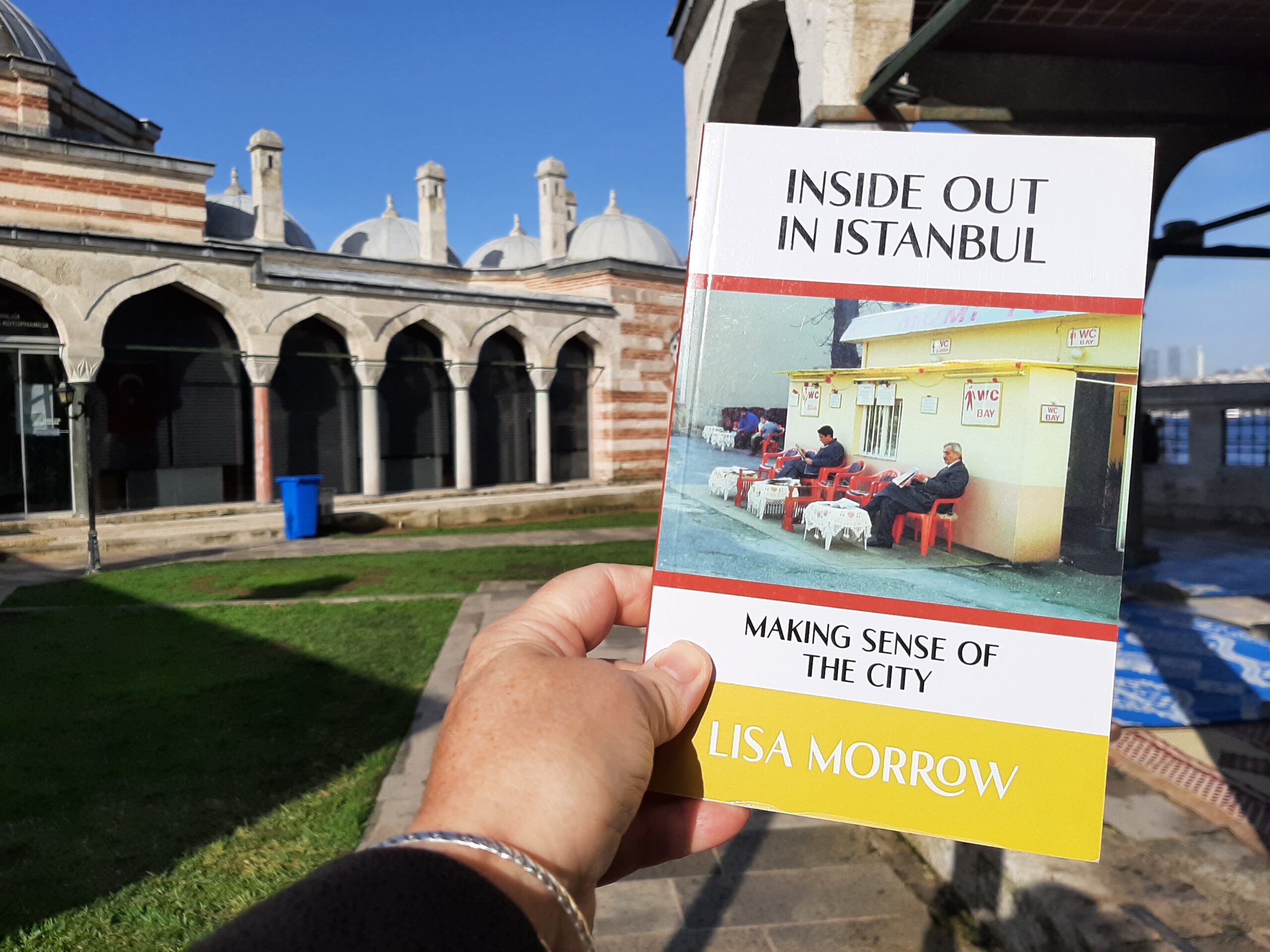
* At the end of prayers, participants recite the Fatiha (the opening verse of the Koran) and then wipe their face. In essence, when a prayer is finished the devotee washes their face with the blessings of the prayers.
Read more of my experiences of life in Istanbul in Inside Out In Istanbul: Making Sense of the City.
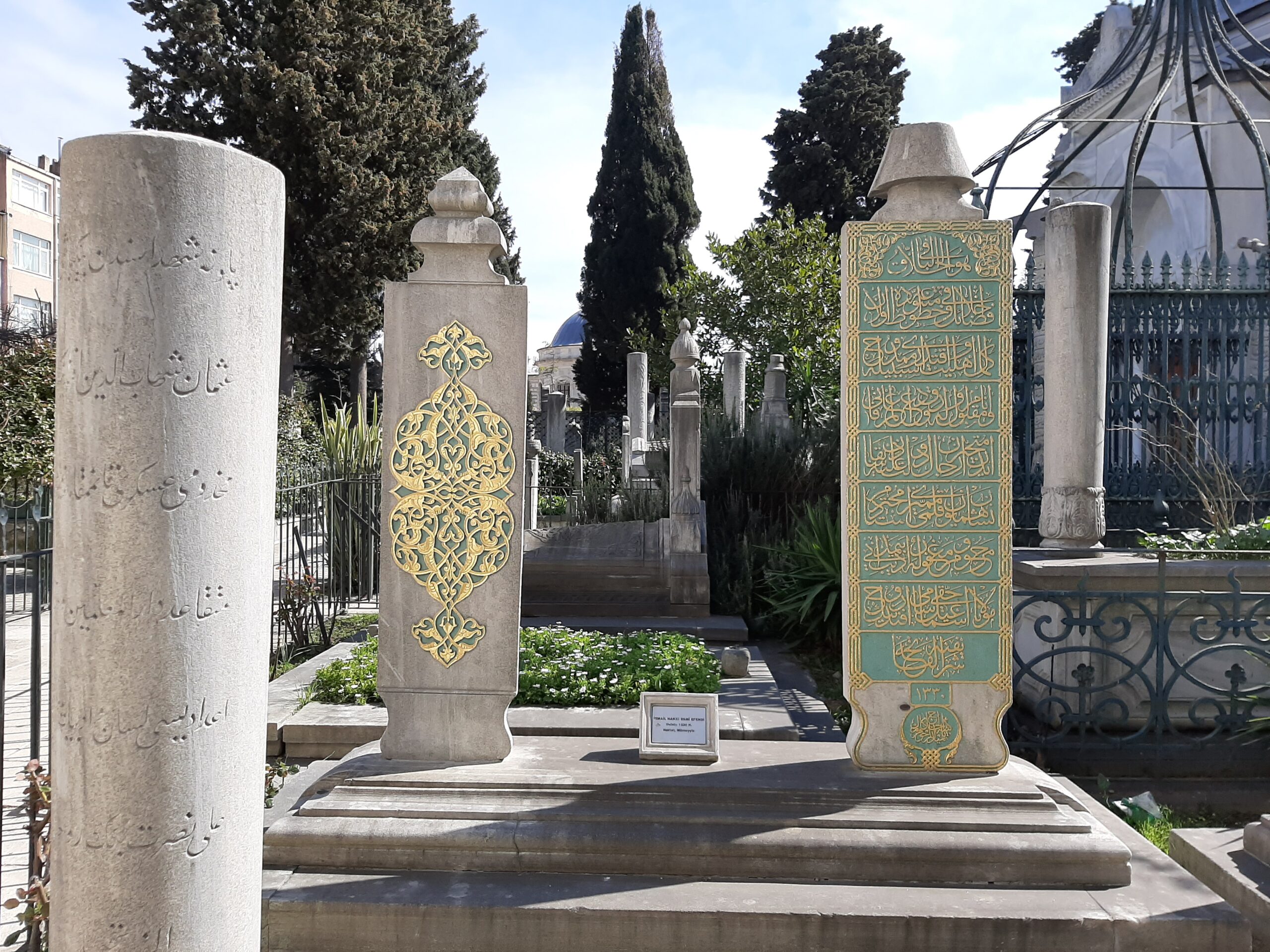
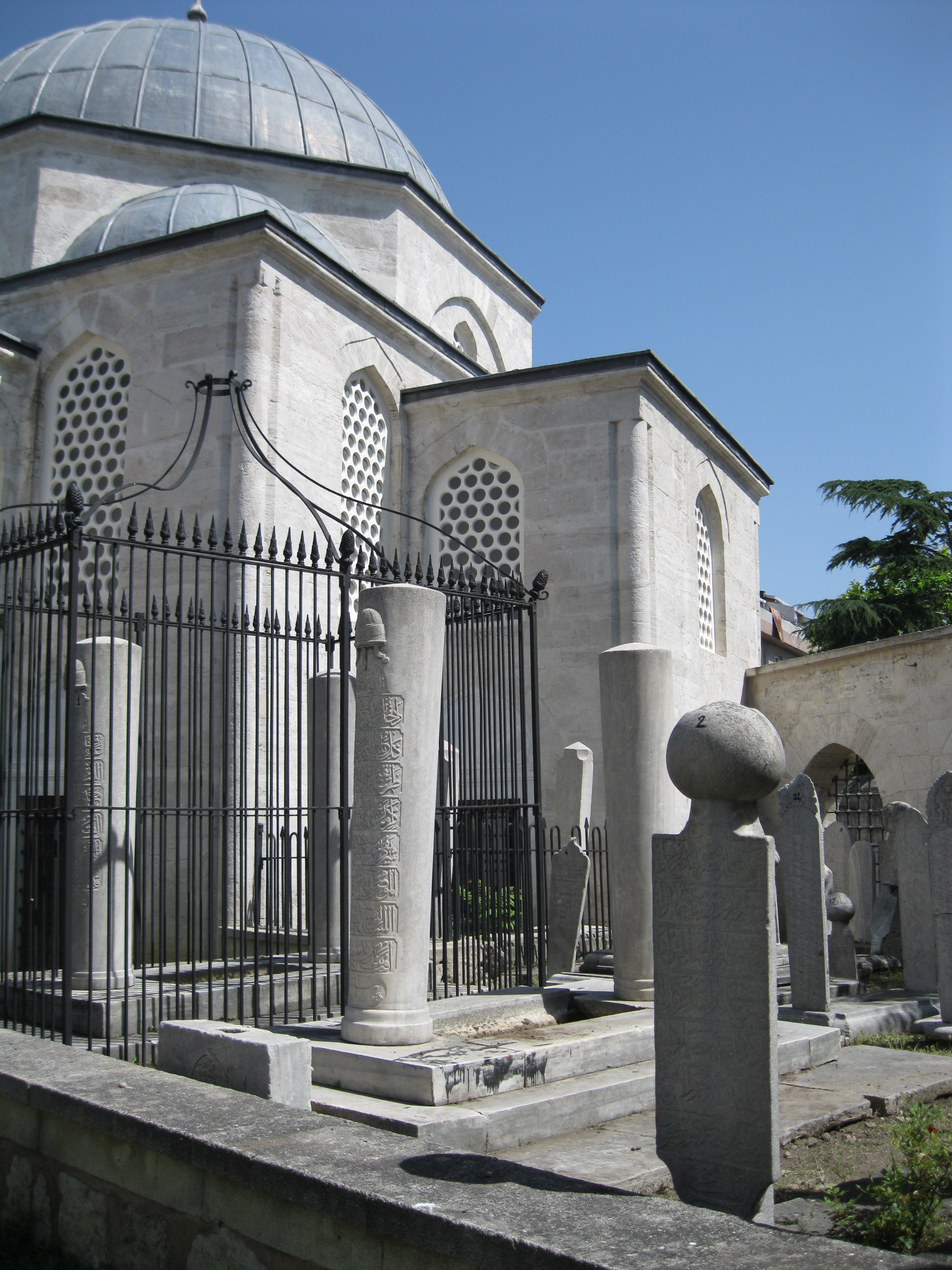
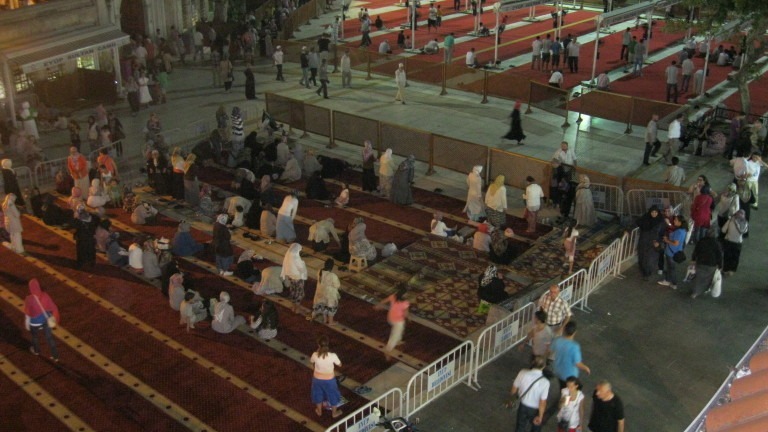
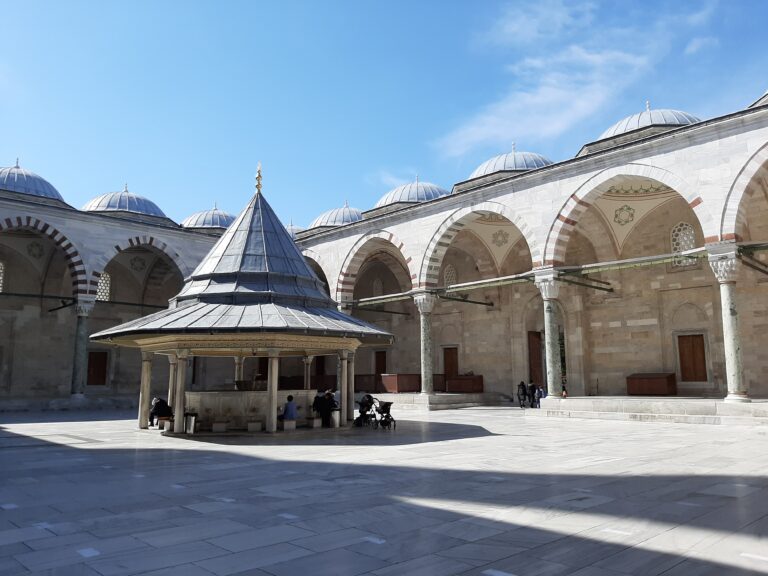
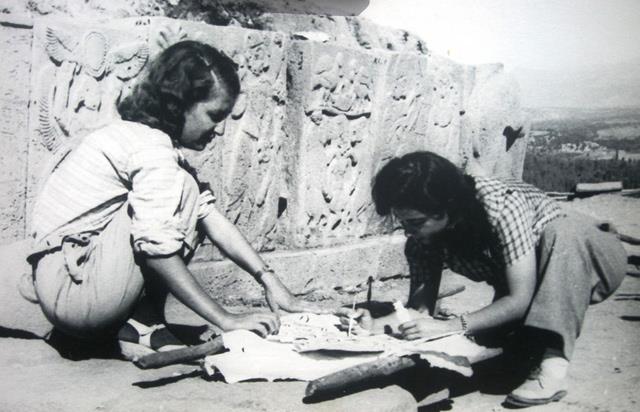
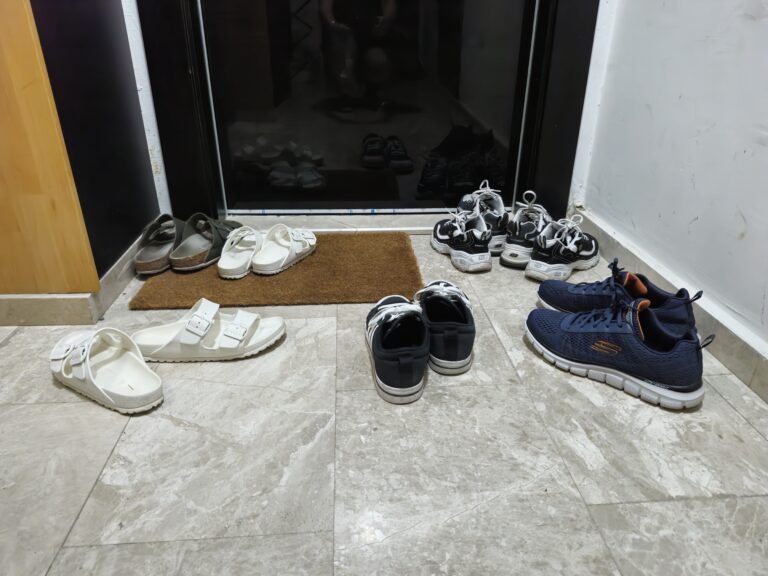
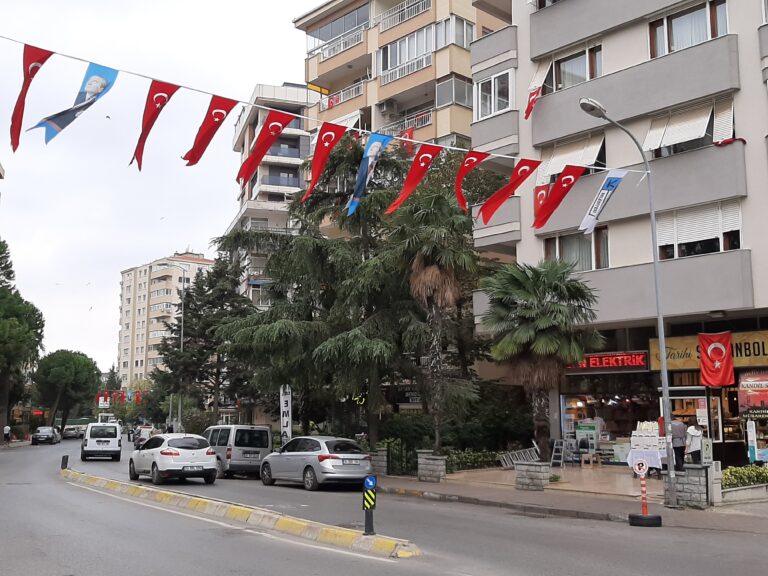

Hi Lisa, very nice narrative. I’m sure you know much more than I do about İstanbul, where I worked for almost 1,5 years. Although born in Türkiye I’m living n NL for almost 60 years, still very interested in your whereabouts in Istanbul, chapeau !
Hi Ismail, Thanks for taking the time to comment on my website. I live in Goztepe, near Kadikoy. Which part of Turkey were you born in?
Hello Lisa! Not only in Ottoman, but as it passed through for years and years as turkish/arabic death rituals; we do a series of actions, rituals over death. Im supposing that you are talking about wrapping a cloth tightly around the face of a dead body. I’m going to start from the beginning of the process so I can inform you better.
1. We close the dead person’s eyes if they’re open.
2. We wrap a cloth around the face and knot it under the chin in order to prevent anything coming in the dead person’s mouth.
3. Loosen the persons knuckles
4.Cover the person’s body with a light cloth
5.Putting something that’s relatively heavy on the person’s belly in order to prevent the body’s excessive bloating
6.Placing the body on a higher place such as a sofa etc.
And the list goes on…
Thanks for this Ege. I knew most of it except for placing them on a high place. Do you know why this is necessary?
I notice the Ottomans wrapped the faces of their dead loved ones. Why?
Muslims traditionally wrap the body of the deceased in a shroud (often a cloth brought back from Mecca) before placing it in a coffin. In some areas the person’s body is placed in the ground only in the shroud while in others they are wrapped in the shroud and then placed in the ground in a coffin. Can you tell me where you read about the Ottoman tradition of wrapping the faces of the dead? I might be able to find out more.
Thanks for your comment. I am interested in everything to do with Turkey, the funny, the interesting, the sad and the serious.
Every weekend i used to visit this web site, as
i wish for enjoyment, as this this web page conations genuinely nice funny stuff too.
Thanks so much for your comments Freda. It would be great if you follow my blog, or even buy one of my books about Turkey.
Thanks on your marvelous posting! I quite enjoyed reading it, you may be a great author.I will be sure to bookmark your blog and will eventually come back later on. I want to encourage that you continue your great job, have a nice afternoon!
Can you tell us more about this? I’d love to find out some additional information.
What in particular did you want to find out Meghan?
That was an interesting item to read. Patrick White’s Ham Funeral is a stark contrast to your experience. All the best Brian.